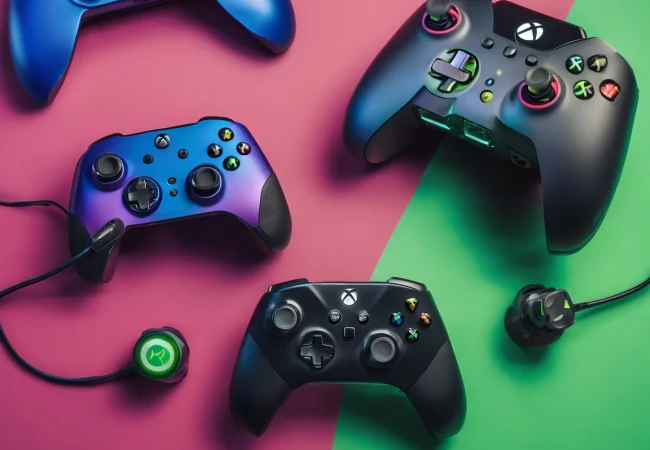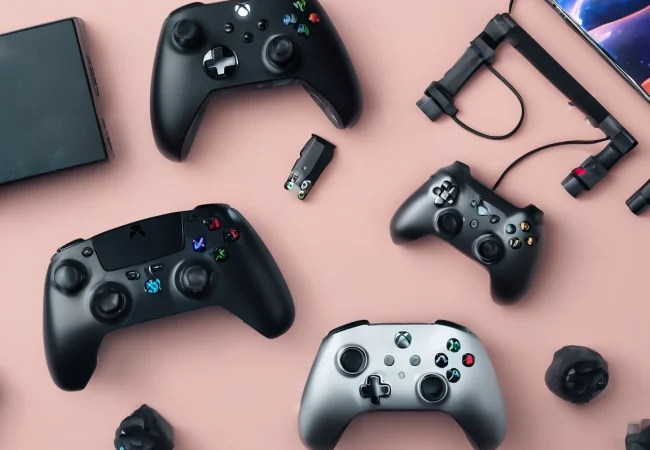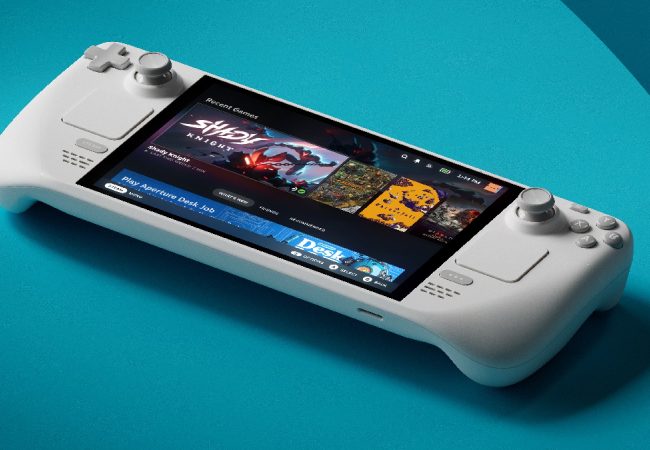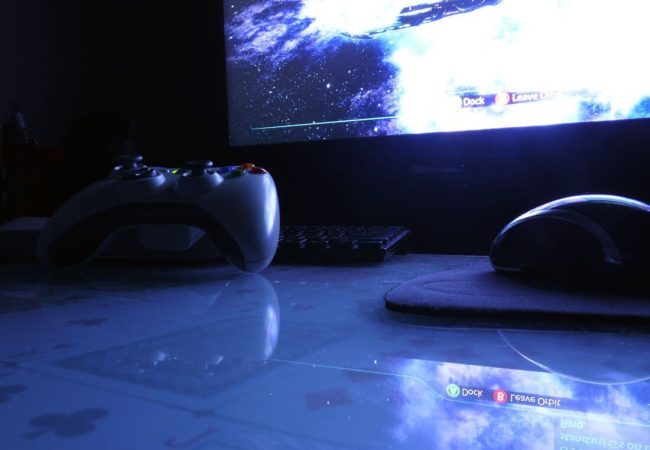Lenovo Legion Go vs. ROG Ally: Best Portable Gaming Rig?
When it comes to portable gaming rigs, two names have been making waves recently—Lenovo Legion Go and the ASUS ROG Ally. For gamers on the move, having a powerful yet compact device can make all the difference. This review dives deep into the features, performance, and overall user experience of these two contenders to help you decide which portable gaming rig best fits your needs.
Design and Build Quality
One of the first factors to consider in any portable gaming device is its design and build quality. The Lenovo Legion Go boasts a sleek, modular design, with detachable controllers that offer flexibility in playstyle. Its build incorporates a sturdy yet lightweight chassis, making it comfortable for extended gaming sessions without feeling bulky.
On the other hand, the ROG Ally features a more traditional handheld design, reminiscent of classic gaming consoles. Its slightly bigger frame accommodates a larger screen but adds some weight, which could impact comfort during prolonged use. However, ASUS has made sure to use premium materials with excellent grip textures, aiding in handling.
While both devices are solidly built, the Lenovo Legion Go’s detachable controllers offer an edge in versatility, especially for multiplayer or more intense mobile gaming setups.
Display and Visuals
The visual experience is crucial for gaming immersion. The Legion Go sports an 8.8-inch IPS touchscreen display with a resolution of 2880×1920 pixels and a refresh rate of 120Hz. This combination promises vibrant colors, sharp details, and smooth motion handling, making it excellent for visually demanding games.
The ROG Ally’s display, slightly smaller at 7 inches, offers the same Full HD resolution but delivers up to 120Hz refresh rate as well. ASUS emphasizes color accuracy here, targeting gamers who want a crisp and true-to-life image.
Both displays perform admirably; however, the larger screen of the Lenovo Legion Go might provide a more expansive gaming view, enhancing the overall immersion during your sessions.
Performance and Hardware
Performance is where portable gaming rigs need to shine. Both devices pack impressive hardware specs, but they take slightly different approaches.
The Lenovo Legion Go is powered by AMD’s Ryzen Z1 series processors, up to the Ryzen Z1 Extreme, paired with Radeon Graphics, offering robust performance capable of handling AAA titles on the go. Its focus is on balancing power efficiency with strong gaming performance, extending battery life.
Similarly, the ROG Ally also leverages AMD processors—specifically the Ryzen Z1 Extreme edition—paired with RDNA 3 graphics architecture. This setup ensures top-tier gaming performance, smooth frame rates, and compatibility with a wide range of PC games.
In real-world testing, both rigs handle demanding titles effortlessly, but the Legion Go’s slightly larger form factor allows better thermal management, potentially providing sustained performance during longer gaming sessions.
Software and User Experience
Both the Lenovo Legion Go and ROG Ally run Windows-based operating systems, giving gamers access to a vast library of PC games and software. The Legion Go integrates Lenovo’s Legion gaming software, which offers easy game management, performance optimization, and customization options for controls and display settings.
ASUS includes its Armoury Crate software, which is designed for tweaking performance profiles, monitoring device stats, and customizing lighting effects and controls. This tool is user-friendly and perfect for those who want granular control over their gaming experience.
Connectivity options on both devices are commendable, featuring Wi-Fi 6E, Bluetooth, USB-C ports, and microSD card slots for expandable storage, making them highly versatile for different scenarios.
Battery Life and Portability
Portable gaming rigs must strike a balance between power and battery efficiency. The Lenovo Legion Go is equipped with a larger battery capacity, thanks in part to its size which accommodates a bigger power source. This translates to approximately 3-5 hours of intensive gameplay, varying by game and settings.
ROG Ally, being a bit more compact, offers 2.5-4 hours of battery life under similar conditions. Both devices also support fast charging and can be used while plugged in, but carrying a power adapter for extended gaming sessions is prudent.
When it comes to portability, both devices are designed to be carried easily in a backpack or large pocket. The Lenovo’s modular controller design might add extra bulk for some users, whereas the ROG Ally’s integrated controls make it more streamlined.
Price and Value
Price points are critical in determining which device offers the best bang for your buck. The Lenovo Legion Go generally comes slightly ahead in pricing, especially in higher-spec models equipped with Ryzen Z1 Extreme chips and additional accessories like extra controllers.
The ROG Ally offers competitive pricing that might appeal to gamers on a tighter budget while still delivering near-top performance.
Considering the value, Lenovo provides more modularity and a bigger display, which might justify the extra cost for players seeking versatility, whereas ASUS’s offering appeals to traditionalists who favor compact form factors.
Final Verdict: Which Portable Gaming Rig is Best?
This review shows that both the Lenovo Legion Go and ROG Ally are excellent choices, each with strengths tailored to different types of gamers. If you value a larger display, modular controller setups, and potentially better thermal performance during long sessions, the Lenovo Legion Go stands out as an impressive option.
However, if portability, sleek design, and a slightly lower price point are your priorities without compromising too much on power, the ASUS ROG Ally is hard to beat.
Ultimately, your decision comes down to personal preferences in design, playstyle, and budget. Both devices push the boundaries for portable PC gaming and represent a significant leap forward in handheld gaming technology.
Whether you’re a casual gamer looking for a device to carry around or a hardcore enthusiast wanting to game anywhere, the choice between Lenovo Legion Go and ROG Ally is a win-win scenario in today’s portable gaming market.








